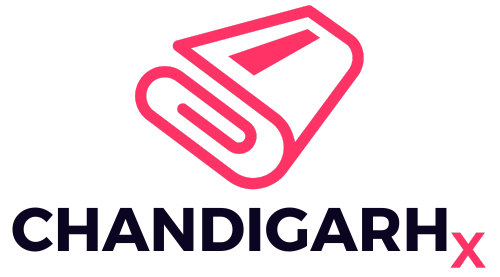In a major move to support low-income workers, the Singaporean government has unveiled the Enhanced Workfare Income Supplement (WIS) for 2025. This initiative is set to provide a significant boost to platform workers, including those involved in gig and freelance work, by offering them a maximum payout of S$3,267 annually. With these enhancements, the government aims to provide financial stability and improve the overall well-being of workers across various sectors, especially those who have historically received less support.
What is the Workfare Income Supplement?
The Workfare Income Supplement (WIS) is a government scheme designed to provide income support to lower-wage workers in Singapore. Launched in 2007, WIS helps workers who are earning below a certain threshold by supplementing their income. The scheme is primarily aimed at encouraging Singaporeans to stay employed, save for their future, and build a stronger financial foundation through government contributions to their Central Provident Fund (CPF).
With the launch of the Enhanced WIS 2025, the government is addressing the challenges faced by workers, including the rising cost of living and the shift towards non-traditional forms of employment such as gig work. The program now targets a broader group of workers, including platform workers, who contribute to digital platforms like ride-hailing services, food delivery, and freelancing.
Key Features of the Enhanced WIS 2025
Under the new initiative, platform workers can receive up to S$3,267 annually in WIS payouts. The enhanced payouts aim to provide greater financial security and incentivize platform workers to make long-term contributions to their CPF savings.
- Platform Workers’ Payout Structure:
- Employees under the WIS scheme will receive 60% of their WIS payout in CPF contributions and 40% in cash.
- Self-Employed Persons (SEPs), including platform workers, will receive 90% of the payout in MediSave contributions and 10% in cash.
The shift to a more substantial contribution towards MediSave is designed to ensure workers’ long-term financial health by enhancing their access to healthcare funds, which is especially crucial for those without employer-sponsored insurance.
- Monthly Payments: In a significant departure from previous years, platform workers will now receive WIS payouts monthly. This change will offer greater flexibility and more consistent financial support. Payments will be made with a two-month delay following the month in which the work is performed. For example:
- Work done in January will receive payment by the end of March.
- Work completed in February will be paid by the end of April.
This regular payment cycle ensures that platform workers can better manage their finances, as the previous annual payments often created a financial gap for workers.
Eligibility for the Enhanced WIS
To qualify for the Enhanced WIS 2025, workers must meet specific eligibility criteria. These include:
- Age: Workers must be 30 years old or older by December 31 of the work year.
- Income: Workers must earn a gross monthly income between S$500 and S$3,000.
- Property Ownership: The worker must live in a property with an annual value of S$21,000 or less and own no more than one property.
- Combined Income for Married Couples: If married, the combined assessable income of both spouses must not exceed S$70,000.
- Citizenship: The worker must be a Singapore Citizen.
Additionally, individuals with disabilities or caregivers of persons with permanent disabilities, as well as recipients of ComCare assistance, are also eligible for a concessional WIS even if their income is below S$500.
For more details on the eligibility criteria and to apply, eligible workers can visit the official CPF website.

Future Enhancements: Aligning Platform Workers with Employees
Looking ahead, the Singaporean government plans to make further adjustments to the WIS structure. Starting in 2029, platform workers who choose to increase their CPF contributions will be entitled to receive WIS payouts at the same level as traditional employees. This will include 40% cash and 60% CPF contributions, helping ensure that platform workers are not left behind as they transition to a more formalized and secure workforce status.
To ease the transition to these higher CPF contribution rates, the government has introduced the Platform Workers CPF Transition Support (PCTS) scheme, which will provide a 100% offset in 2025, followed by 75% in 2026, 50% in 2027, and 25% in 2028. This gradual offset is aimed at reducing the impact of higher deductions on workers’ take-home pay.
Conclusion
The Enhanced WIS 2025 marks a significant step forward in the Singaporean government’s commitment to supporting the nation’s workforce. By expanding the program to include platform workers and offering more substantial payouts, the initiative ensures that all workers, regardless of their employment model, have access to vital financial assistance. The transition to monthly payments, as well as the increase in CPF contributions, will provide more stability and long-term security for Singapore’s diverse workforce.

Pankaj Kumar is a journalist at Chandigarh X, covering admit cards, recruitment, and government schemes. His articles provide readers with detailed insights into application processes, eligibility, and exam updates.
Outside of work, Pankaj enjoys traveling, fitness, and cricket, often participating in local matches on weekends.



